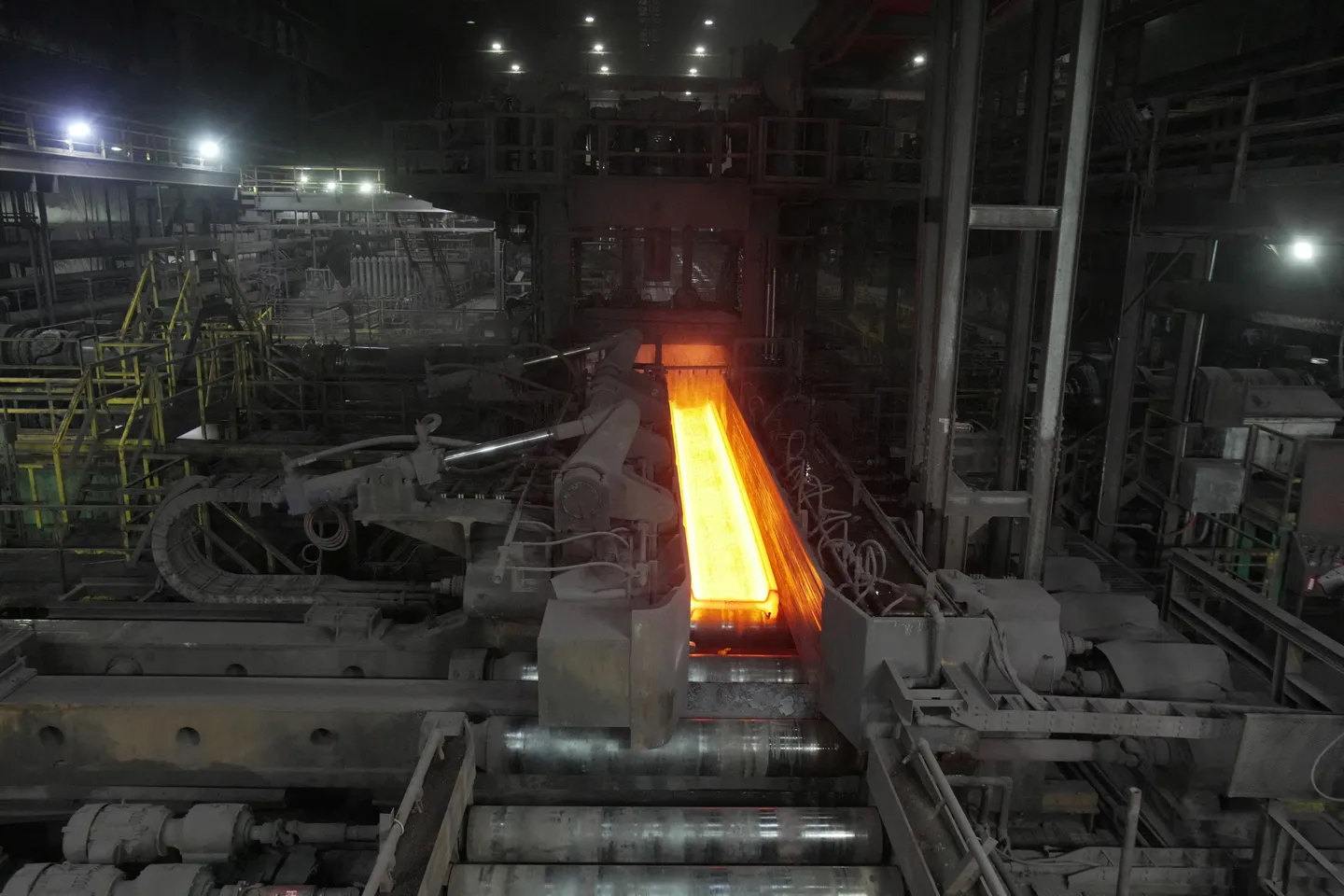The Biden administration’s new tariff hikes on US steel and aluminum imports will officially kick in this Wednesday, signaling a sharpened stance on trade protections and economic strategy. The move, announced by the White House earlier this year, is part of a broader effort to curb reliance on cheaper metals from countries like China and to strengthen domestic manufacturing.
What’s Changing?
Starting Wednesday, the United States will significantly raise duties on select steel and aluminum products. These increases mainly target Chinese imports, with some additional scrutiny on countries indirectly channeling Chinese materials through secondary markets.
The new tariffs range from 25% on certain steel imports to 10% or more on aluminum products. The goal is to counteract what the administration describes as “unfair trade practices” and global overcapacity driven largely by China’s heavily subsidized industry.
Why Now?
This move comes amid heightened focus on domestic manufacturing and supply chain resilience. The White House has been under increasing pressure to protect American industry workers, especially in swing states where the steel and aluminum sectors are major employers.
According to U.S. Trade Representative Katherine Tai, these tariffs are “necessary to ensure a level playing field,” particularly as global competitors benefit from state support that undercuts U.S. producers.
How Will This Impact Prices?
One of the most immediate effects of the new steel and aluminum tariff hikes will likely be higher prices for goods that rely on these metals—cars, appliances, and construction materials, to name a few.
Manufacturers who depend on imported materials may pass those costs down the line. However, industry advocates argue that supporting domestic production will stabilize long-term supply and encourage investment in American infrastructure.
Global Reaction
China has pushed back, warning of possible retaliatory measures. Trade groups in Europe and Asia are also watching closely, wary of potential spillover effects on international supply chains.
Domestically, opinions are split. Some business groups warn the tariffs could disrupt markets, while labor unions and U.S. metal producers largely support the decision.
The Bigger Picture
The new steel and aluminum tariff hikes reflect a larger trend toward economic nationalism and strategic decoupling from China. As global competition heats up, the U.S. appears willing to take bold measures—even at the risk of short-term trade tensions.
Whether these moves will ultimately boost the economy or stir more trouble remains to be seen. But starting Wednesday, the message is clear: the United States is tightening its trade rules, and steel and aluminum are at the heart of that strategy.



